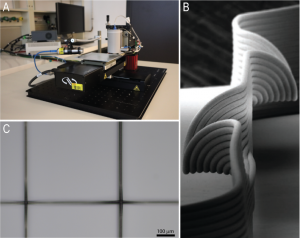Semester/master projects
MASTER PROJECT: Volumetric additive manufacturing of stimuli-responsive biopolymers
ALCHEMY has recently developed some photocurable biopolymers which could potentially be utilized with additive manufacturing technology. Together, with LAPD, we are looking to explore how volumetric additive manufacturing (VAM) can be used with these biopolymers to fabricate complex 3D structures. More…
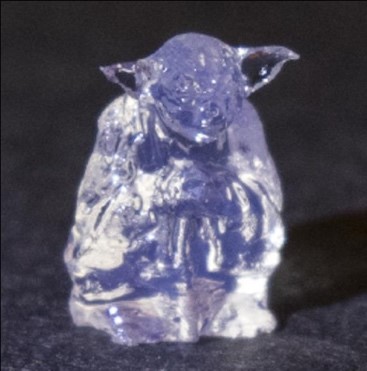
MASTER PROJECT: Alignment, verification and automatization of a test bench for the validation of a complex analogue multi-fiber link for astronomy
Europe is building a 40m aperture telescope, the E-ELT: European Extremely Large Telescope (https://elt.eso.org/) and a suite of instruments to go with it for the next wave of discoveries. The Observatory of Geneva is a significant contributor to an instrument called MOSAIC. This instrument is a multi-object spectrograph. It can measure the light from many different extra-galactical objects at the same time in the visible and in the infrared (http://www.mosaic-elt.eu/).
The Observatory of Geneva is in charge of the Near InfraRed (NIR) fiber link. This is a large complex system made of about 1400 30-meter-optical-fibers transporting the light from roughly 200 point-like objects in the focal plane of the telescope to the input slits of two NIR spectrographs. This includes the injection optics in the focal plane of the telescope, a highly reliable vacuum feedthrough to pass the fibers from atmospheric pressure into the vacuum of the spectrographs and a complex structure to form an accurate slit in the input focal plane of the telescope. More…

SEMESTER/MASTER PROJECT: Classification of cancerous tissue from fluorescence lifetime microscopy acquired data using deep neural networks
Head and Neck Cancers (HNC) cases approach a million diagnoses each year worldwide. Treatment of HNC involves surgical resection, which is deemed complete if the biopsy comes back from histopathology with clear (negative) margins. Positive surgical margins leave microscopic residues of cancer in the wound bed and require a second resection, as this minimal residual disease in turn gives rise to local and possible non-lac recurrences, and consecutive death of the patient. A positive surgical margin increases the risk of local recurrence by 90%, reducing the overall survival expectancy by 50% and increasing all-cause mortality at 5 years by 90% [1]. There is a need for a point-of-care method to map the exact tumor margins as a 3D model of the tumor before resection, and detection of residual malignant cells in the wound bed in real-time. More….
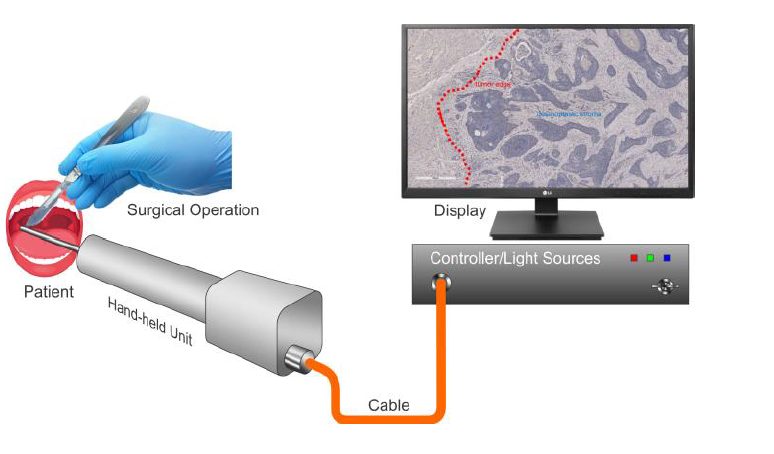
SEMESTER/MASTER PROJECT: Engineering strategies to perfuse bioprinted 3D models of pancreatic cancer
Pancreatic ductal adenocarcinoma is a devastating type of cancer with poor prognosis and low survival rates. In it, the typically soft (stroma) surrounding the tumor site stiffens into a dense, fibrous tumor microenvironment. This stiffening, which seems to block the uptake and effectiveness of anticancer drugs, is caused by the crosstalk between pancreatic cancer cells and the surrounding stromal cells. To better understand this inflammatory process, we aim to bioprint 3D models of pancreatic tissue and follow the molecular interaction across cells within them.
More….
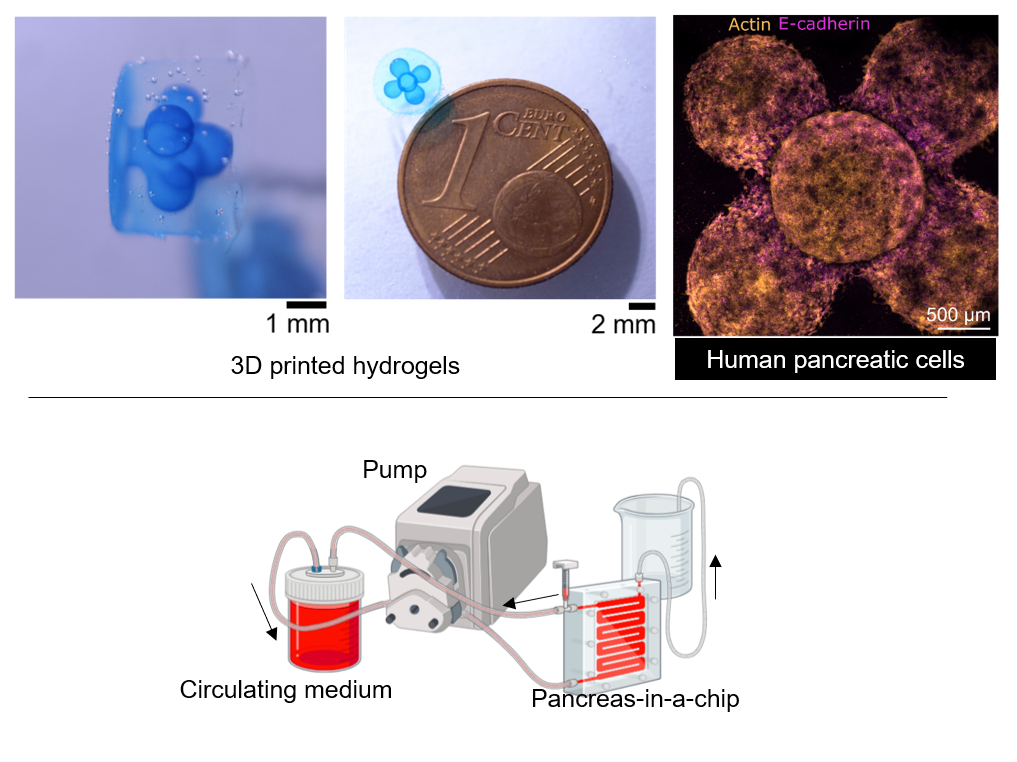
SEMESTER/MASTER PROJECT: Optical Network Switch for AI Compute
AI computation in datacenters is increasingly power-hungry and often bottlenecked by slow communication networks. At our lab, we are developing comprehensive solutions to enhance the scalability of AI compute clusters through a fast and energy-efficient optical network system. This multi-faceted project involves the mechanical design of optical components, software development for high-speed communication tasks, and creating electronic interfaces between optical engines and datacenter networks. More….
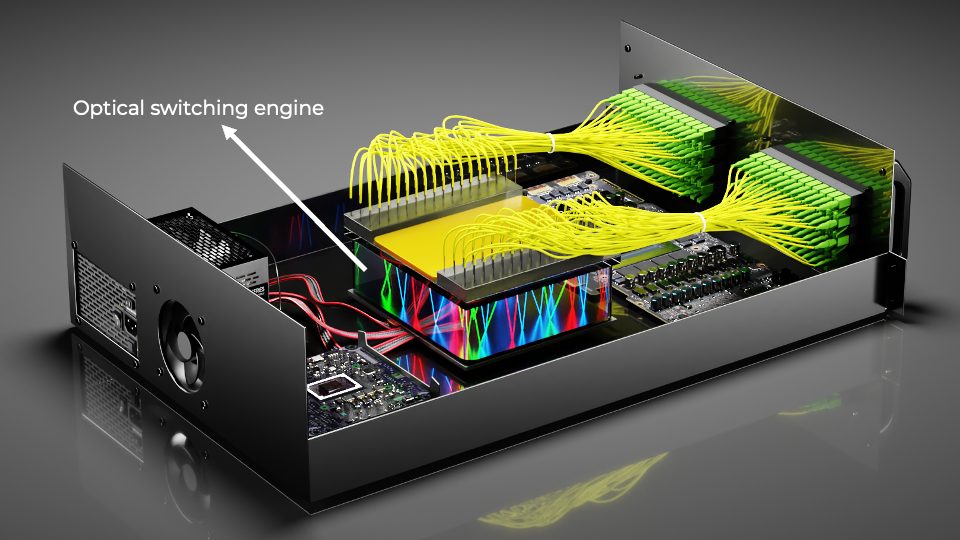
SEMESTER/MASTER PROJECT: Computational Phase Imaging with a Spatial Light Modulator
Traditional imaging using a lens and a standard light source falls short in recovering the complex amplitude of the electrical field (the optical wave). In the case of weakly scattering samples, such as cells, a bright-field microscope fails to unveil the fine details of the cell structure. On the other hand, phase-contrast imaging not only makes the phase shift caused by refractive index differences visible but also facilitates label-free imaging of biological specimens. More….
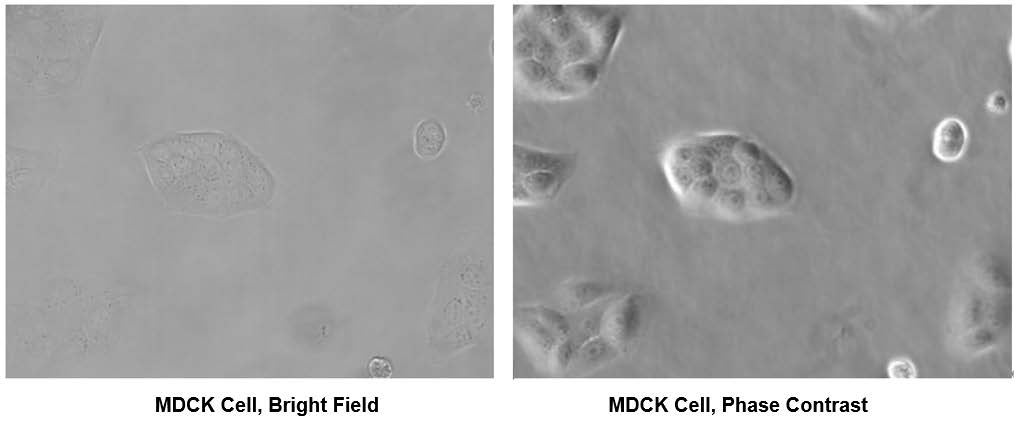
SEMESTER/MASTER PROJECT: Unlocking the Potential of Light for Energy-Efficient Deep Learning
Deep neural networks have undeniably transformed the landscape of artificial intelligence, but their hunger for electronic computing power has always been a challenge. Optical Neural Networks (ONNS), a cutting-edge domain that seeks to capitalize on the immense potential of light’s speed and efficiency. This semester, we invite you to join us in exploring this exciting frontier. More….
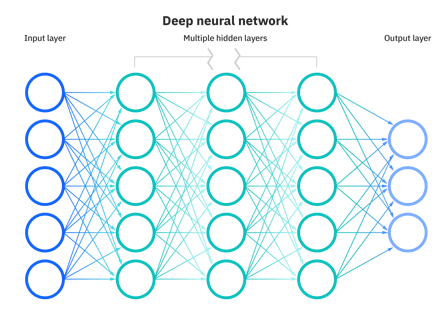
SEMESTER/MASTER PROJECT: Deep Neural Network for Global Horizontal Irradiance (GHI) Prediction
We are seeking a talented and motivated student to join our research team for an exciting master’s project focused on advancing the field of solar energy prediction using deep learning techniques. The primary objective of this project is to further develop a deep neural network (DNN) for accurate Global Horizontal Irradiance (GHI) prediction by incorporating additional image data and meteorological information. More….

SEMESTER/MASTER PROJECT: Multimode Fiber Based High Speed Optical Computing Modelling and Control with Neural Networks
We demonstrated that light propagation inside multimode optical fibers can be utilized as nonlinear, high-dimensional data transform units and thanks to their rich physical dynamics, machine learning tasks could be performed with a much smaller dependence on digital electrical hardware (such as GPUs). This phenomenon holds promise to alleviate the consequences of overparameterization, which allowed neural networks to perform extraordinarily complicated tasks, but has the downsides such as high energy consumption and exponential increase in the need of digital computation resources.
For achieving competitive performance levels with the proposed optical computation approach, the reconfiguration of the system for the planned task is crucial. In another study, we have shown that with wavefront shaping and by optimizing a few tens of parameters, the reconfiguration of the system could improve the performance of the optical computer significantly. However, the optimization follows a blackbox approach and limited in the number of programming parameters that can be controlled. More….
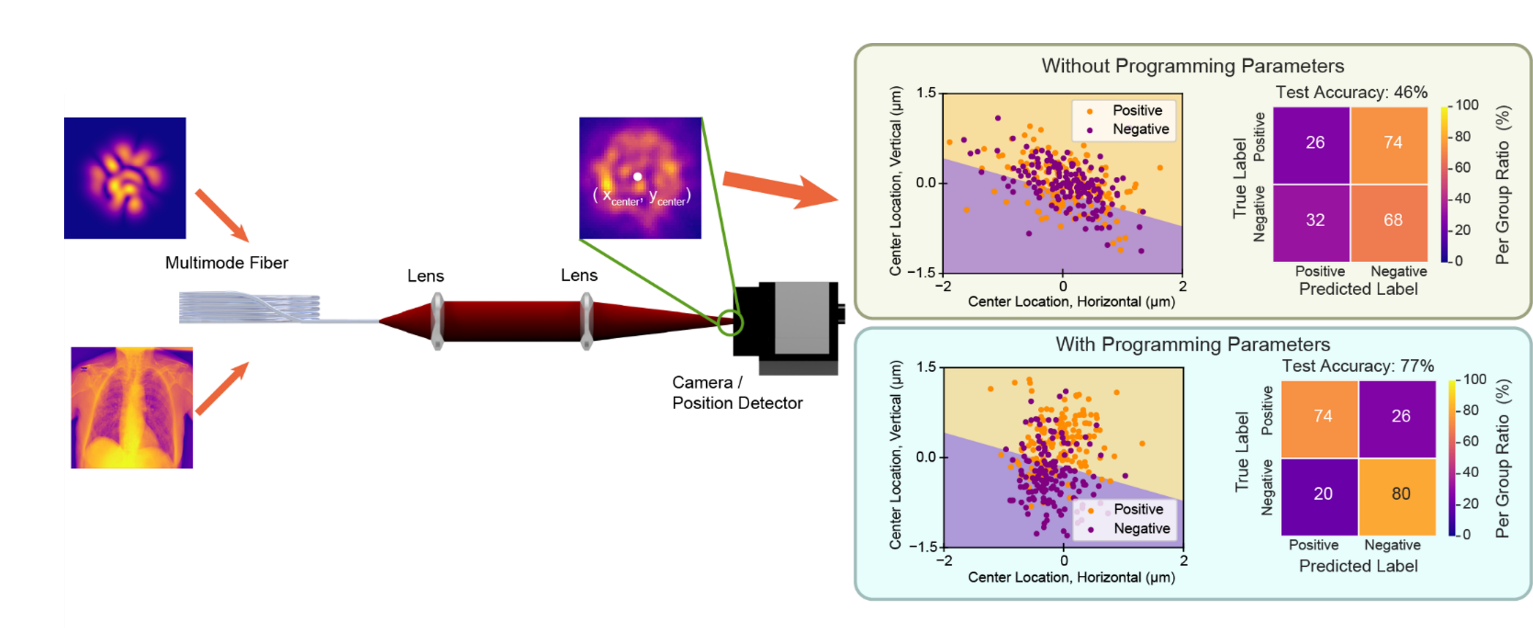
SEMESTER/MASTER PROJECT: Advance additive manufacturing instrument development
Melt electro writing (MEW) is an emerging high-resolution additive manufacturing technique for fibers, membranes and 3D objects in the micrometer range. MEW is related to solution electrospinning and allows the fabrication of continuous fibers with diameters of 1 – 50 µm, this is up to 10x smaller than for most other additive manufacturing techniques. Current and future applications of MEW include biomedical sciences, sensors, the textile industry, filtration technologies and many more. More…
